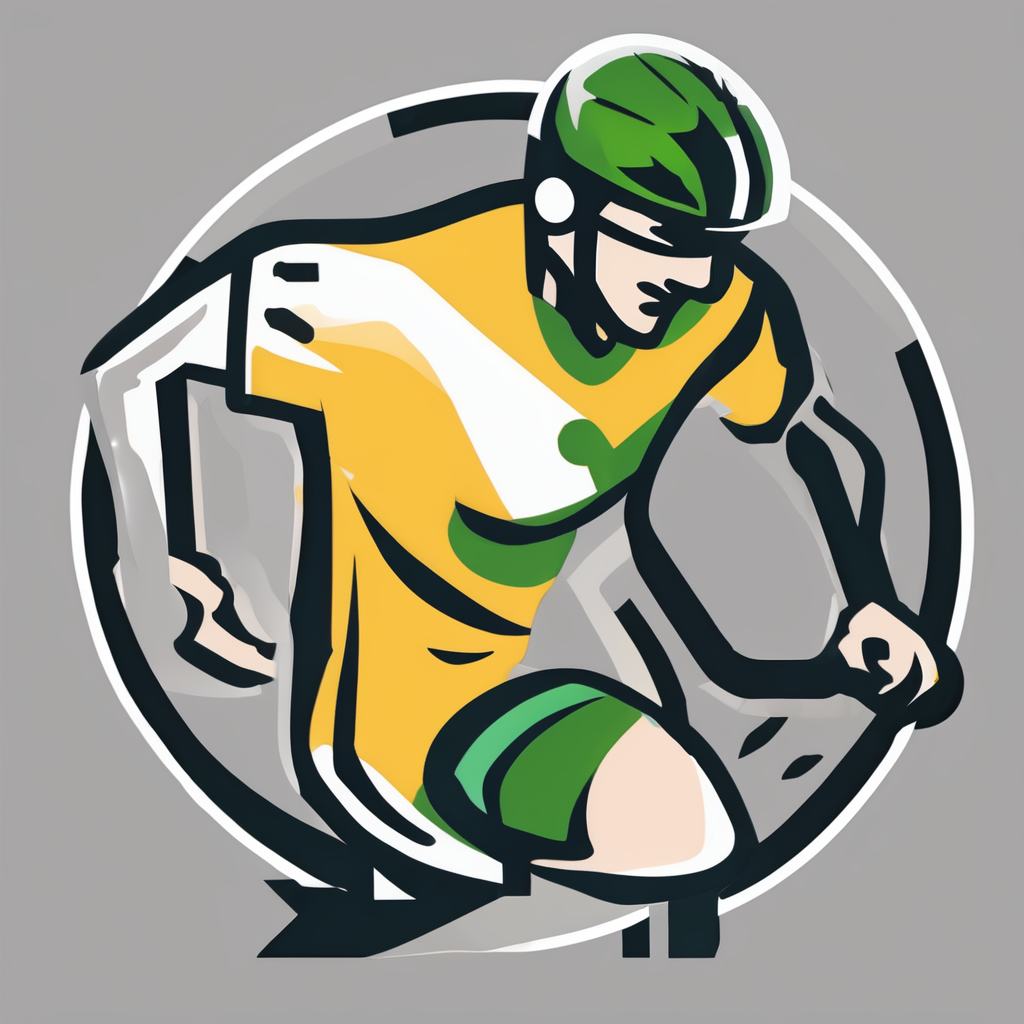Historical Overview of UK Alternative Sports
The history of UK alternative sports traces back to the late 19th and early 20th centuries, when unconventional physical activities began gaining traction outside mainstream sports like football and cricket. Early beginnings often took root in subcultures, where young people sought fresh ways to express athleticism and creativity, leading to the emergence of skateboarding and BMX cycling in the 1970s and 1980s. These activities exploded in popularity, marking key milestones that influenced public perception significantly.
The development timeline of these sports reveals gradual shifts: initially viewed as fringe or rebellious, alternative sports have since earned respectability, thanks to notable events like the introduction of skateboarding into the X Games in the late 1990s and later inclusion in the Olympic Games. Such moments helped reshape attitudes, showing these sports as legitimate athletic pursuits rather than mere hobbies or countercultural acts.
In parallel : What Unique Challenges Do Athletes in Minor UK Sports Face Today?
Cultural moments such as music scenes and street art also intertwined with these sports, reinforcing their identity and appeal. The evolution in perception underscores how the origins of alternative sports in grassroots movements expanded into recognized disciplines, enriching the UK’s diverse sporting landscape.
Key Trends in the Evolution of Alternative Sports
Alternative sports trends UK have shown remarkable growth in both participation and visibility over recent years. Activities once considered niche are now embraced by wider audiences, fueled by grassroots movements and increased public interest. This surge reflects a broader shift towards diverse sporting experiences beyond traditional mainstream sports.
Also to discover : How do alternative sports encourage creativity and innovation among athletes?
A significant driver of this evolution is the integration of technology and media. Alternative sports often leverage social media platforms and streaming services, enabling real-time sharing of performances, tutorials, and competitions. This digital presence enhances engagement, attracting younger demographics keen on interactive and visually dynamic content. Moreover, innovations such as wearable tech and performance analytics are becoming common, improving athlete development and spectator understanding.
Youth culture and subcultures play a pivotal role in shaping alternative sports trends UK. These communities foster creativity and inclusivity, often defining the style, rules, and ethos of the sports they champion. The blending of cultural identity with sporting activities encourages sustained enthusiasm and continuous innovation. By embracing emerging alternative sports, the UK sports landscape becomes more vibrant and reflective of contemporary interests, meeting the growing demand for fresh, engaging athletic pursuits.
Influential Movements and Notable Alternative Sports
Alternative sports in the UK have been shaped by major UK alternative sports communities that drive cultural and sporting change. Among these, skateboarding has evolved from a fringe pastime into a recognized sport, thanks to passionate grassroots support and evolving public perception. Skate parks now serve as hubs where enthusiasts refine their skills and build vibrant communities.
Similarly, parkour has grown from small groups practicing urban movement to a broader movement influencing fitness and creativity. This influential sports movement emphasizes adaptability and self-expression, which has helped it gain traction beyond niche circles, encouraging inclusivity and new training methodologies.
Roller derby stands out as a major UK alternative sport that combines athleticism with community empowerment. Its grassroots origins allowed for rapid growth, particularly among women athletes, fostering a strong, supportive subculture distinct from mainstream sports.
The tension between grassroots sports UK momentum and mainstream adoption often shapes these movements. While grassroots enthusiasts maintain a sport’s authentic spirit, wider exposure through media and sponsorship can both challenge and boost its development. These examples illustrate the delicate balance alternative sports navigate as they strive for recognition without losing their core identity.
Societal and Cultural Impacts of Alternative Sports
Alternative sports hold a unique place in the cultural impact of alternative sports by fostering inclusivity and reshaping traditional notions of community. Unlike mainstream sports, these activities often attract diverse participants who might feel excluded elsewhere. This dynamic leads to an environment where differences are embraced, and new social bonds are formed.
In the context of the sports community UK, alternative sports contribute significantly to local and national identity. They reflect evolving societal values, blending heritage with modern expression. Communities rally around these sports, creating fresh narratives that complement, rather than replace, established traditions. This blend is visible in urban areas where alternative sports become a symbol of innovation and resistance to homogeneity.
Moreover, alternative sports deeply influence sports and identity, especially among youth and marginalised groups. Engagement in these sports offers opportunities for empowerment, self-expression, and mental well-being. Young people find spaces that validate their individuality while building confidence and resilience. This effect is vital in combating social exclusion by connecting participants through shared passion and purpose.
Such culturally rich spaces underscore the power of alternative sports to transform social landscapes and redefine what community truly means.
Lessons Learned from the Growth of UK Alternative Sports
The rise of alternative sports in the UK offers valuable lessons from alternative sports that extend beyond traditional athletics. Innovation in UK sports often flourishes outside mainstream channels, where grassroots initiatives and passionate communities experiment freely without institutional constraints. These environments foster creativity, allowing new disciplines like parkour, BMX, and ultimate frisbee to develop unique cultures and followings.
Adaptability plays a crucial role in the success of alternative sports. They often evolve by responding to participants’ needs and preferences, demonstrating flexibility in rules, formats, and venues. This responsiveness strengthens community engagement, as athletes and fans co-create their sport’s identity. Such involvement promotes inclusivity and sustained interest, essential for growth and recognition.
The enduring influence of alternative sports on UK sports culture and policy is increasingly evident. These sports challenge traditional definitions of competition and success, encouraging diversity in physical activity and recreational options. Policymakers now consider lessons from alternative sports to inspire innovation, broaden participation, and nurture healthier, more vibrant communities throughout the UK.
